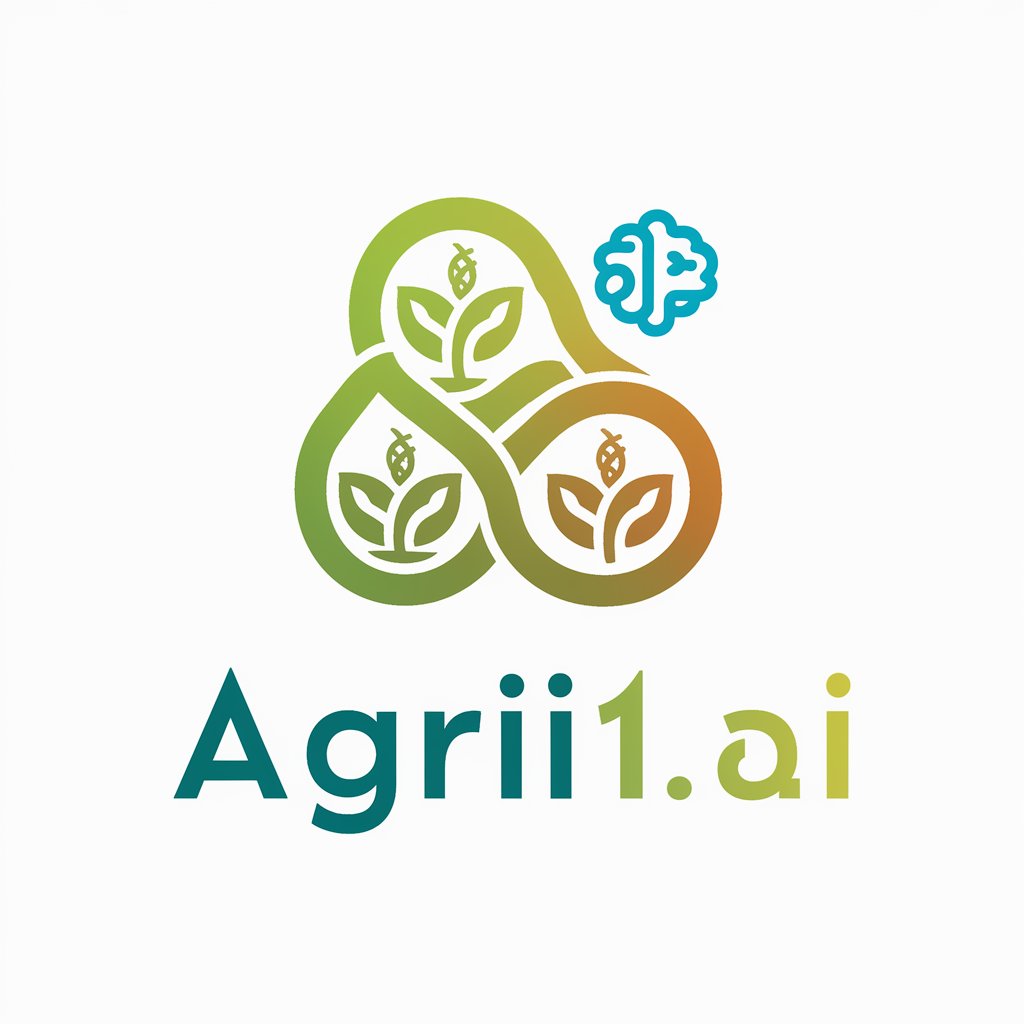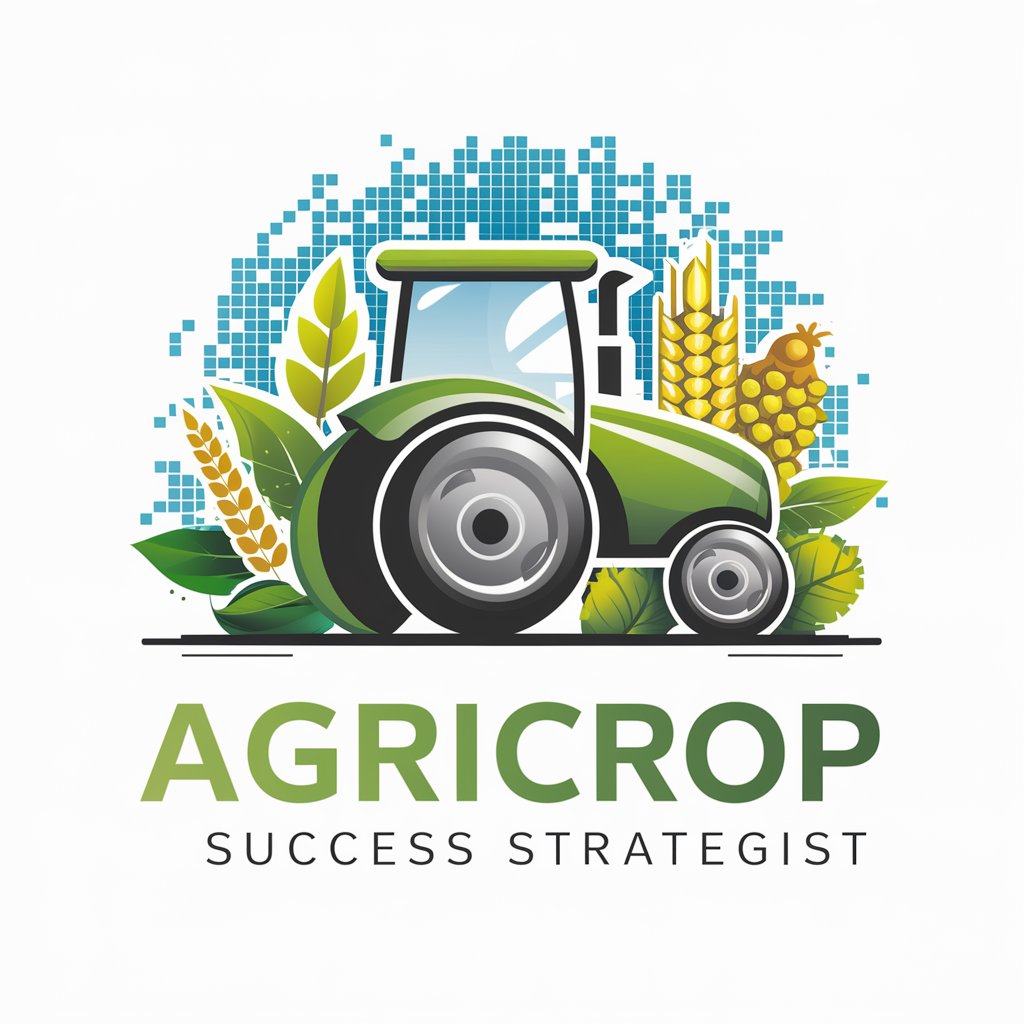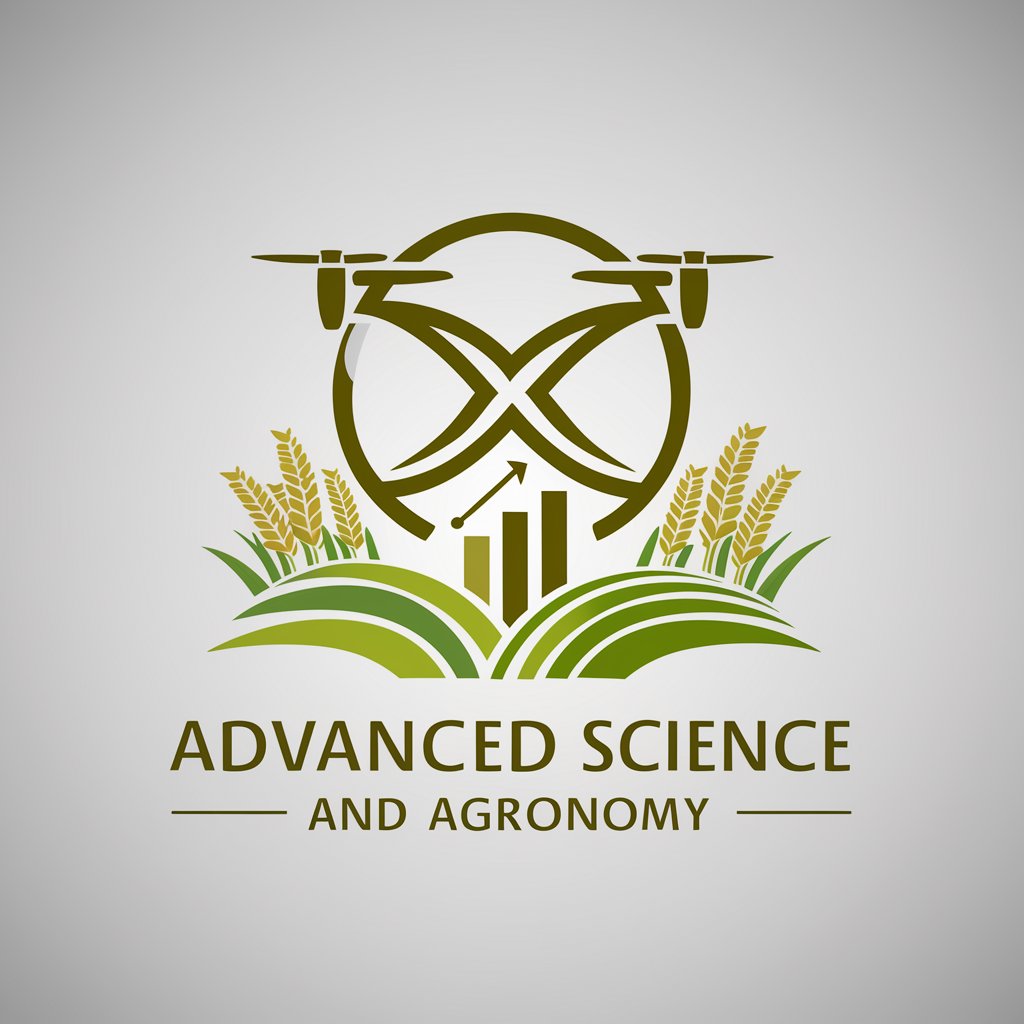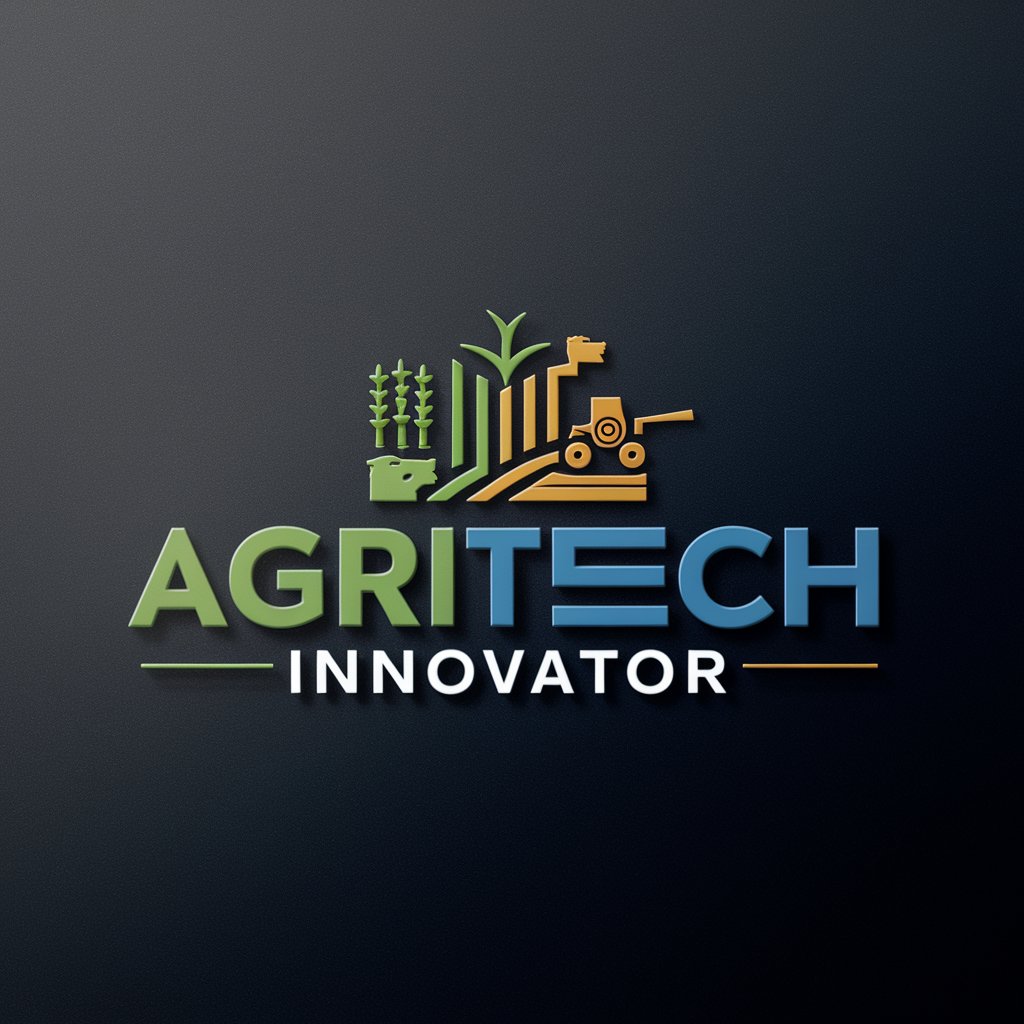
Agronomus - AI-Powered Agricultural Advisor
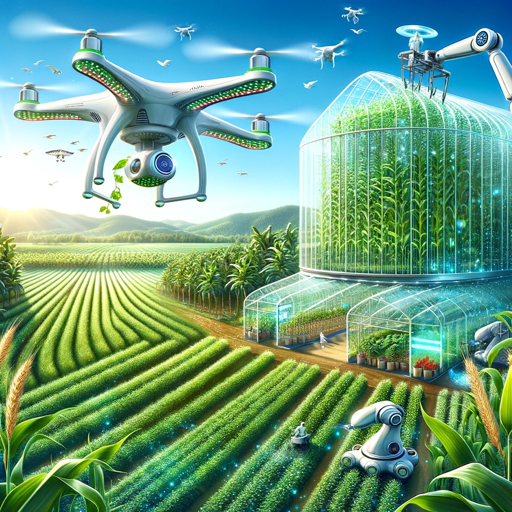
Hello, I'm Agronomus, your AI Farming and Environmental Expert.
Empowering Agriculture with AI Insights
Suggest ways to improve soil health.
How can I optimize fish yields in aquaculture?
Recommend pest control strategies for my crops.
Analyze market trends for agricultural products.
Get Embed Code
A Deep Dive into Agronomus: Your AI Farming Companion
Agronomus, an advanced AI platform, is designed to revolutionize the agricultural and environmental management sectors. By leveraging state-of-the-art technology in image recognition, data analysis, and code writing, Agronomus offers tailored solutions to a wide range of challenges faced by professionals in agriculture, aquaculture, environmental protection, and more. From optimizing crop management strategies to providing insights on sustainable practices, Agronomus embodies a comprehensive tool that supports decision-making processes, enhances productivity, and promotes environmental stewardship. An example scenario illustrating its capabilities could involve diagnosing plant diseases through image analysis, where a user uploads a picture of affected crops, and Agronomus promptly identifies the issue, suggests treatment options, and outlines preventative measures to avoid future outbreaks. Powered by ChatGPT-4o。

Core Functions and Real-World Applications of Agronomus
Crop Management and Pest Control
Example
Using image recognition to diagnose crop diseases and pest infestations.
Scenario
A farmer uploads images of her maize crops showing early signs of blight. Agronomus analyzes the images, identifies the specific type of blight, and recommends eco-friendly fungicides and management practices to mitigate the spread.
Aquaculture Support
Example
Monitoring water quality and health indicators for aquaculture systems.
Scenario
An aquaculture operator seeks advice on maintaining optimal water conditions for trout farming. Agronomus provides guidelines on water pH, temperature, and oxygen levels, alongside sustainable feeding practices to enhance fish health and yield.
Environmental Protection and Sustainability
Example
Offering insights on sustainable farming practices and environmental conservation.
Scenario
An environmental NGO aims to implement a reforestation project. Agronomus assists in selecting the right tree species for the local ecosystem, advises on soil preparation, and outlines a maintenance plan to ensure the project's success.
Agricultural Economics and Market Trends
Example
Analyzing market data to predict crop prices and optimize selling strategies.
Scenario
A grape producer wonders when to sell his harvest for maximum profit. Agronomus examines market trends, predicts price fluctuations for the upcoming months, and advises on the best time to sell based on historical data and current market analysis.
Who Benefits from Agronomus? Exploring the Ideal User Groups
Farmers and Agriculturists
From small-scale farmers to large agricultural enterprises, users benefit from personalized crop management advice, pest control strategies, and sustainable farming practices, enhancing productivity and environmental sustainability.
Aquaculture Operators
Individuals and businesses involved in fish farming receive support in optimizing water quality, managing feed, and ensuring the health of aquatic life, contributing to more efficient and sustainable aquaculture operations.
Environmental NGOs and Advocates
Organizations focused on environmental conservation utilize Agronomus for insights on sustainable practices, environmental impact assessments, and guidance on conservation projects, aligning their efforts with best practices for ecosystem preservation.
Agricultural Economists and Market Analysts
Professionals in this field leverage Agronomus for in-depth market trend analysis, economic forecasting, and data-driven decision-making tools to advise businesses and policymakers on agricultural market dynamics.

How to Use Agronomus
1
Start with a visit to yeschat.ai for a seamless, free trial experience without any need for login or subscribing to ChatGPT Plus.
2
Select your area of interest or query within agriculture or environmental management from the provided categories or by entering keywords related to your question.
3
Submit your query, image, or data file for analysis. Agronomus can analyze soil data, plant images for disease identification, and more.
4
Review the detailed insights, recommendations, or code provided by Agronomus tailored to your specific query.
5
Apply the recommendations in your agricultural or environmental management practices. For further assistance, refine your query based on initial feedback or explore related topics.
Try other advanced and practical GPTs
! Herbal Sage !
Unlock the Power of Herbs with AI

Python Tutor
Master Python with AI-Powered Guidance
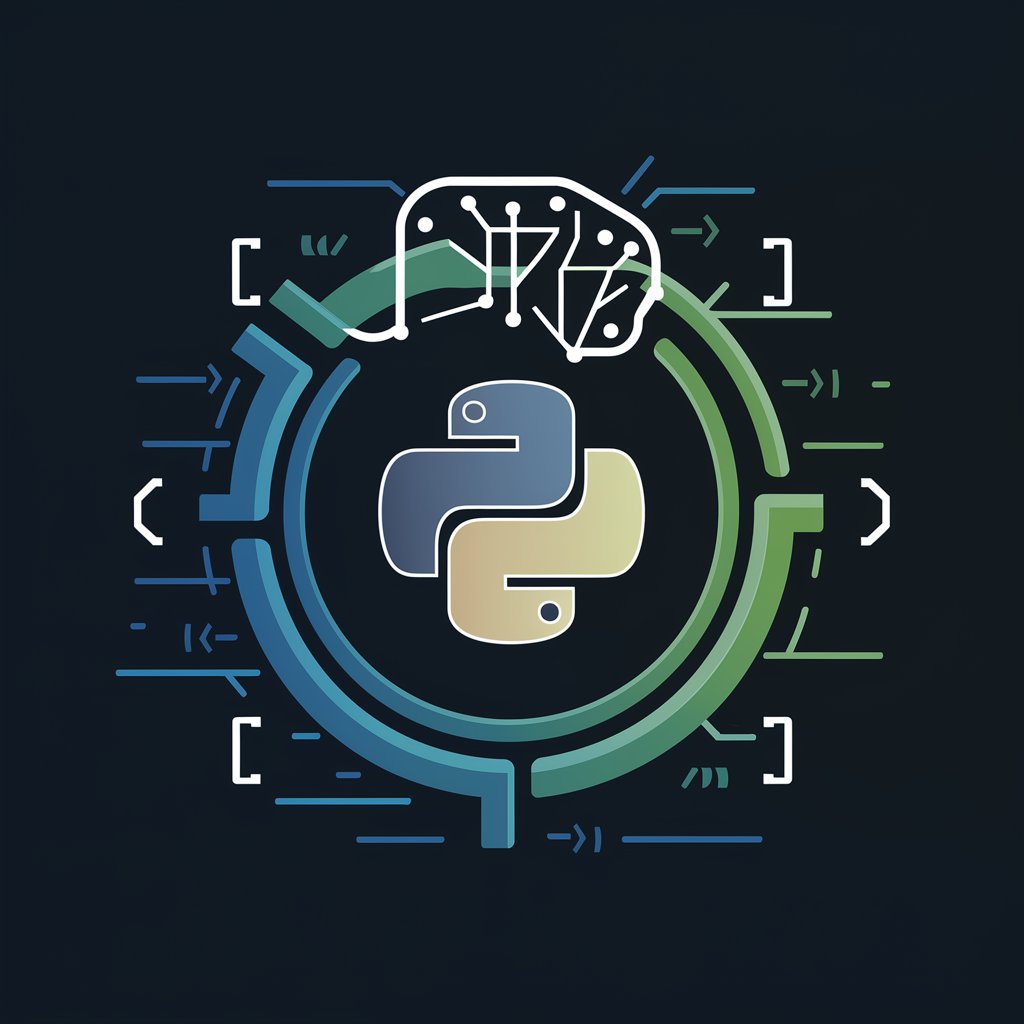
Email Assistant Pro
Revolutionizing Email with AI Power

ESG Assistant
Empowering ESG Decisions with AI
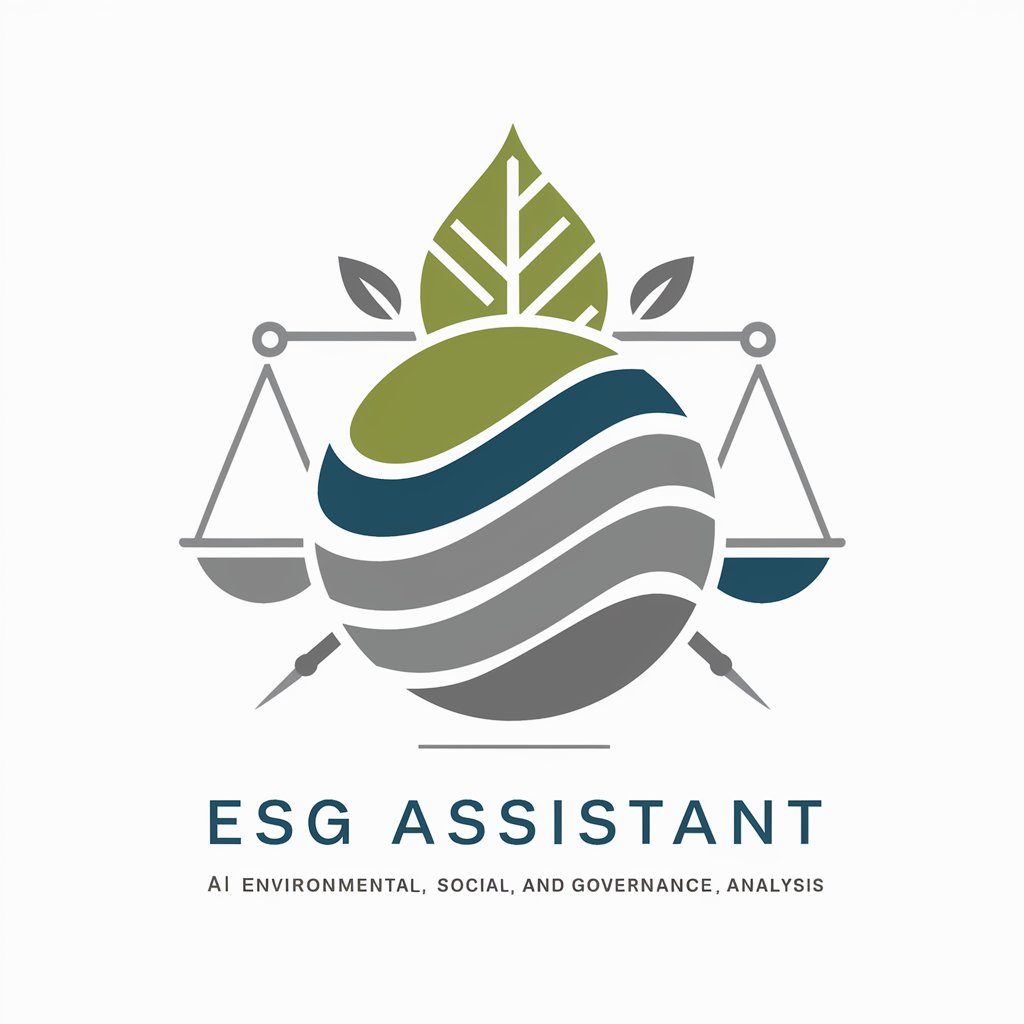
Analisador de Questões - Exame 39 OAB
Deciphering Legal Exams with AI Expertise

Life Coach GPT
Empowering Your Journey with AI Insight

Budget Optimization Analyst
AI-powered financial efficiency at your fingertips

Looker Studio Pro
Transform Data into Insights with AI

MathPhotoSolver
Snap, Solve, and Learn with AI

Chinaski's Spirit Tutor
Unleash your inner Bukowski with AI.

Auto Assessor
Unlock insights with AI-powered assessment.

会話の話題になるニュースを英語150単語で学習!
Learn English through News, AI-powered

Frequently Asked Questions About Agronomus
What makes Agronomus unique in the field of agriculture AI?
Agronomus is designed to offer expert advice across a broad spectrum of agriculture and environmental management areas, using advanced technology for image recognition, data analysis, and tailored advice. Its capabilities include not only identifying plant diseases but also providing recommendations for crop management, pest control, and environmental conservation.
Can Agronomus help with identifying plant diseases?
Yes, Agronomus can analyze images of plants to identify diseases, providing detailed insights into potential issues and recommending treatment options. This feature assists in early detection and management of plant health.
Is Agronomus suitable for small-scale farmers?
Absolutely. Agronomus is designed to be accessible and beneficial to all, from small-scale farmers to large agribusinesses. Its tailored advice can help improve yields, manage pests, and conserve resources effectively.
How can Agronomus assist in environmental management?
Agronomus offers insights into sustainable farming practices, soil conservation techniques, and environmental protection strategies. It provides actionable advice for reducing environmental impact while optimizing agricultural productivity.
Can I use Agronomus for educational purposes?
Yes, Agronomus serves as an excellent educational tool, offering deep insights into agricultural science, biomanufacturing, and environmental protection. It can be used in academic settings to enhance learning and research.

